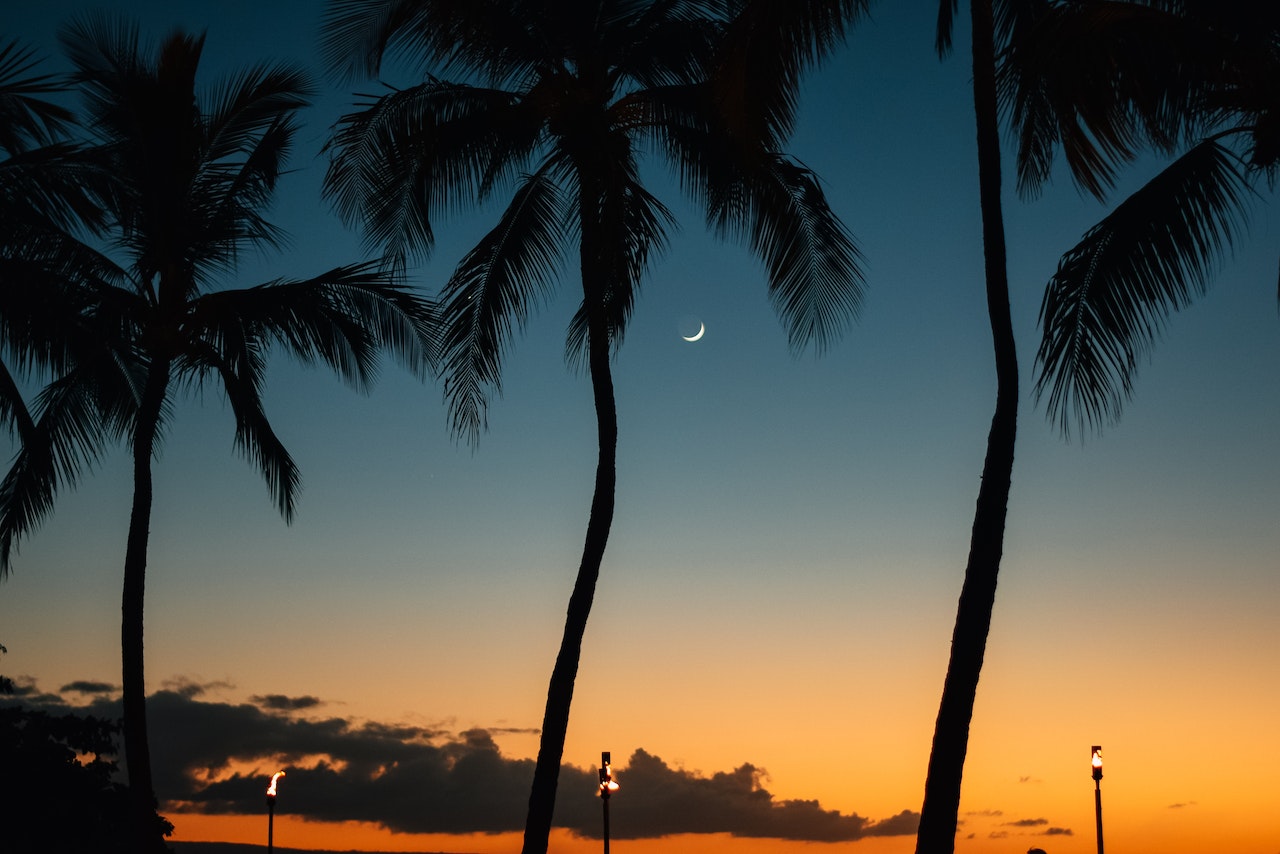The Shelter of Shabbat

This week's Dvar Torah was written by Rabbi Lisa Goldstein, the former Director of Hillel San of Diego and former Executive Director of the Institute for Jewish Spirituality. Rabbi Goldstein currently offers online courses on meditation, resilience and Jewish mysticism, visit her at rabbilisagoldstein.com.

Photo by Tim Gouw on Pexels
The morning I wrote this... I was heading to the airport to return home for Shabbat.
In the eastern sky there was the tiniest sliver of the crescent moon, just rising, heart-breakingly beautiful. It was just a few days before the month of Av began, with that same crescent moon setting in the west.
We are heading towards the end of the Three Weeks, the period between the 17th of Tammuz and the 9th of Av, the season of loss and horror in our mythic history.
It is the season of siege, deprivation, enormous suffering, terrible destruction and there are many traditional customs of mourning that mark this season.
In fact, the one thing during this period that continues to be a beacon of joy is Shabbat.
It is worth asking, if the world seems to be burning around us, how can we celebrate Shabbat?
Shouldn't we be dedicating ourselves towards fixing the world that is experiencing so much horror? How can we take the time to dedicate to spiritual practice?
One answer to this question comes from a Netivot Shalom teaching about Noah's Ark... The metaphor is different, but the question is the same: When the flood waters rise up around us, threatening to drown us, how do we survive? What do we do?
The Netivot Shalom suggests that Noah's ark, that temporary shelter, is actually a hint towards the practice of Shabbat.
Shabbat, he teaches, is nothing less than the connection between the heavenly realms and the earthly realms; it is God's dwelling place on earth. It is a pinah tehorah, a pure little place, where we can take refuge.
I think this offers three insights that are especially important during times of destruction, remembered or present.
If Shabbat is the connection between heaven and earth, taking refuge in Shabbat is not about closing ourselves off from the world, but rather about gaining a greater perspective.
It is often true that suffering causes our perspective to narrow, which makes it more difficult to make wise decisions. If our practice on Shabbat can help us open back up to the larger picture, we might know how to respond better when we return to facing the world.
Also, when we are closed up in the ark, buffeted by wind and rain, temporarily safe from the destruction around us, we realize that there is a limit to how well we can steer the boat.
Parker Palmer teaches that "functional atheism," acting as if everything depends on us, is a shadow side to leadership.
Shabbat reminds us that yes, when Havdalah is over, we must go back to acting. But the world depends on more than just our own efforts. Shabbat helps us cultivate this deeper trust.
And finally, Shabbat offers us the inspiration to go back out into the world once the flood waters subside, having experienced a glimpse of that pure little place that the world can be.
By rooting us in joy and peace, community and spaciousness, we remind ourselves what we are working towards.
Wishing you a Shabbat Shalom, a beacon of joy during this dark time in our spiritual calendar.
Shabbat Shalom!




